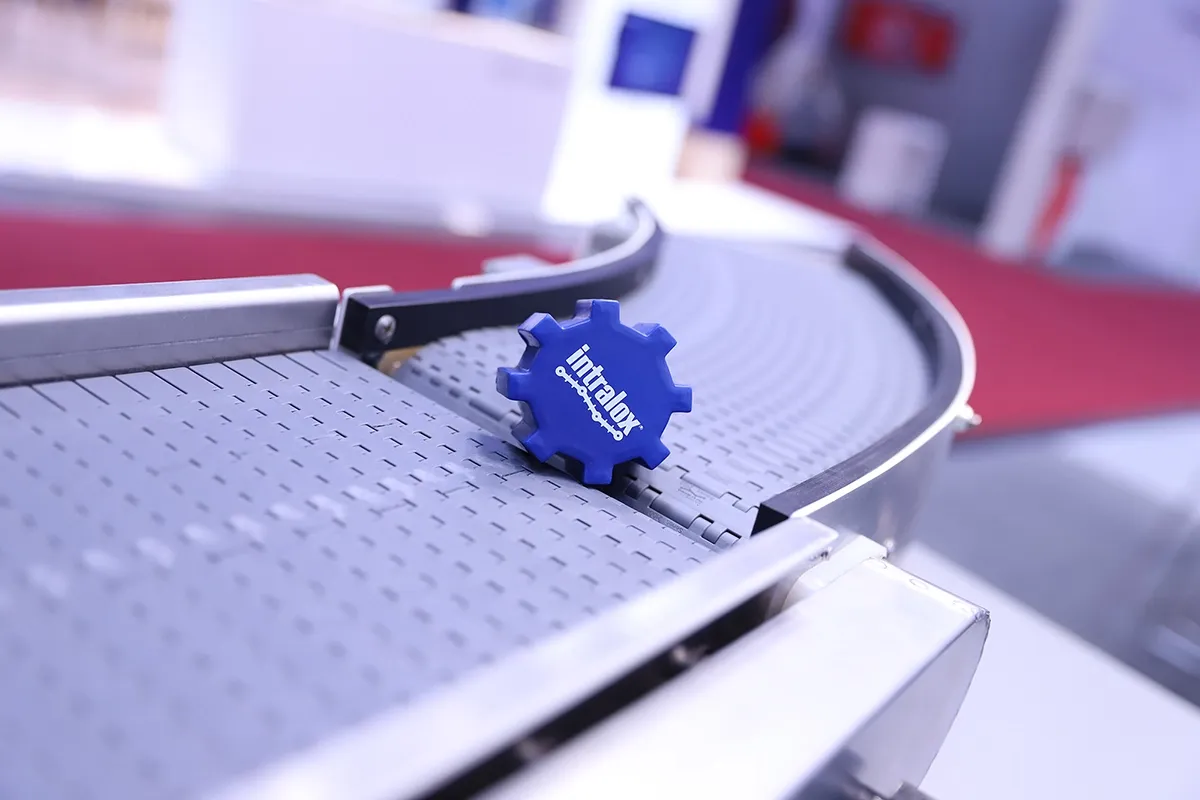- 3D laser surface texturing
- Acoustic testing systems and components
- Adhesion resins
- Anti-tacks
- Automated systems and technologies
- Bead lines
- Bias and ply cutter technology
- Bonding agents
- Carbon black
- Cast-iron rolls
- Chemical dosing systems
- Clamping and palletization technology
- CNC milling machines
- Coating resins
- Conveyor belting
- Cooling systems and heat carriers
- Curing systems and technologies
- Customized storage solutions
- Cutting technology
- Data acquisition
- Dynamic mechanical analyzers
- Elastomer characterization systems
- Electrical drives
- Engineering services
- Extruder head instrumentation
- Extruders and extrusion technology
- Pressure distribution measurement
- Process oils
- Profile scanning systems
- Reinforcing materials
- Release chemistry
- Research facilities and testing
- Factory management
- Gantry robots
- Green tire technology
- Handling automation solutions
- Homologation services
- Hydraulic systems
- In-line quality measurement systems
- Labeling systems
- Laser systems and components
- Liquid dosing systems
- Logistics solutions
- Marking systems
- Materials
- Measurement technologies
- Metal printing systems
- Mill room solutions
- Motion control components
- Natural rubber
- RFID, tracking and identification labeling
- Rubber calenders
- Rubber mixing technology
- Rubber process additives
- Slitting, rewinding and spooling solutions
- Smart tires
- Specialty chemicals
- Synthetic rubber
- Tension control instrumentation
- Tire building machine technologies
- Tire cord systems
- Tire design and simulation software
- Tire lifecycle monitoring solutions
- Tire mold technology
- Tire sipes
- Tire uniformity geometry and balancing
- Tire recycling
- TPMS reading solutions
- Valve technology
- Weaving systems
- Web guiding
- X-ray inspection



